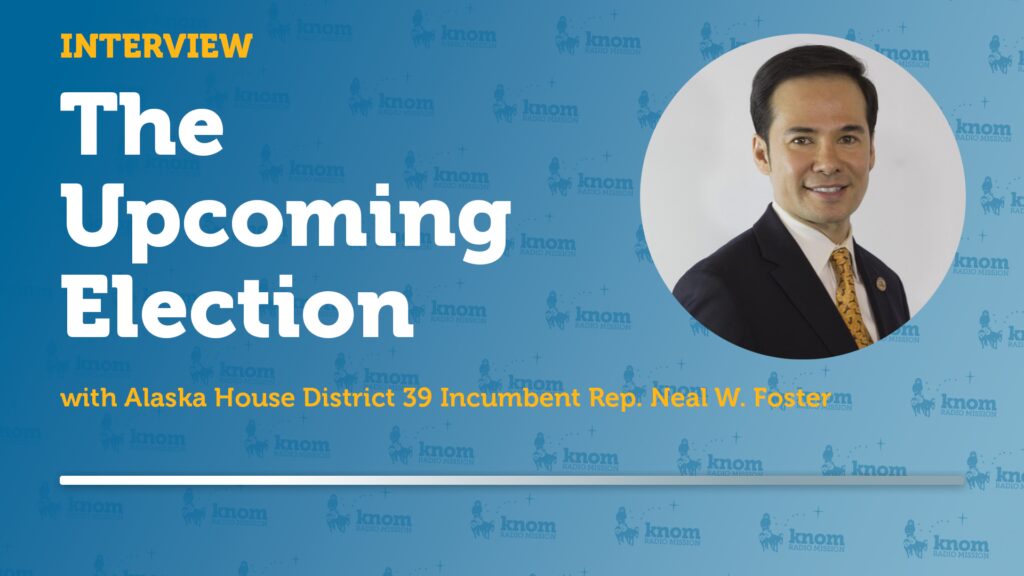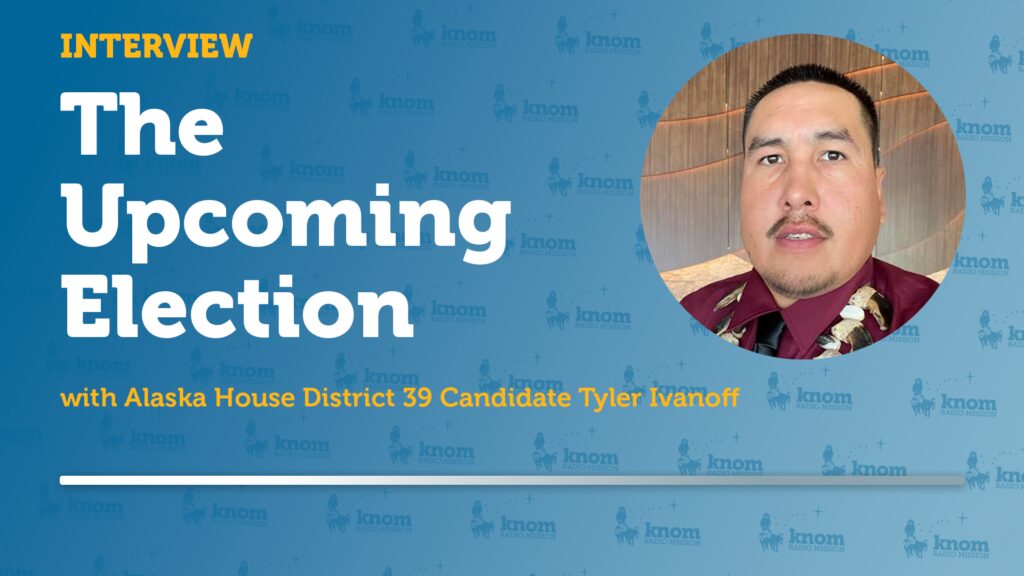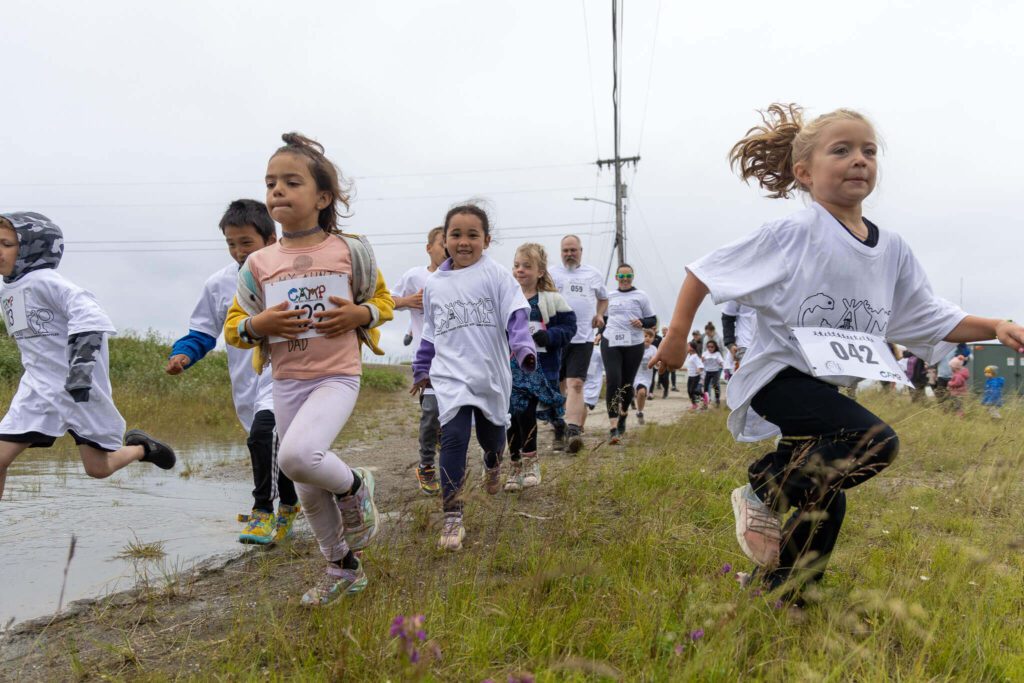The U.S. Department of Energy is seeking input from Alaska Native tribes and corporations as it puts together a 10-year renewable energy plan for the Arctic.
Officials from the Department of Energy (DOE) Office of Indian Energy met with regional stakeholders and corporations in Nome Thursday in the third of seven scheduled meetings before December.
Federal reps met with a handful of regional corporations and non-profits — including Bering Straits Native Corporation (BSNC), Mary’s Igloo Native Corporation, White Mountain Native Corporation and Kawerak — to discuss renewable energy needs and existing practices in the Arctic.
“We really want this to be a collaborative, ongoing thing,” said Givey Kochanowski, who manages the Office of Indian Energy’s policies and projects in Alaska. “Not just a ‘We’re in Nome; box checked’ and that’s the last you ever hear from us.”
Indeed, the meeting proved a forum for specific concerns — which ranged from the oft-voiced need for spill response resources and a deep-water draft port — to more localized concerns about geothermal power and cold-climate building standards.
White Mountain Native Corporation representative Frank Johnson said higher building standards for the Arctic isn’t merely a safety issue, but an economic one as well.
“If people are living in sustainable homes, they’ll have more disposable income. Which drives the economy more. Then you start saving money; it’s a domino effect,” Johnson explained.
In a region where fuel comprises the single highest cost of living, cheap energy was a focal point of the discussion. Solutions ranged from the policy-driven, like higher incentives for commercial fuel developers; to the scientific, like a community-scale biomass burner that would convert waste to fuel.

BSNC Vice President of Lands and Natural Resources Larry Pederson also called for Arctic-specific considerations in existing federal programs. For example: FEMA funding that allows communities to build up better defenses to climate change — rather than simply replace structures destroyed by flooding or erosion.
“You’re just getting the funding to bring it back to the way it was before. Well what’s the point of that? It failed before. Why bring it back to that status?” asked Pederson.
Finally, regional representatives voiced a need for an Alaskan energy laboratory that could test projects in the Arctic — before they’re implemented in rural communities.
“This is the best testing ground for the Arctic. It just is. We’ve got the worst roads. We’ve got lots of them. This is an ideal testing ground,” said Johnson.
“[In] ten years… maybe we could come up with some kind of research facility that could tell us whether these projects are viable or not,” Pederson added.
Though the projects and policy changes suggested at Thursday’s meeting are just that — suggestions — Kochanowski says the consultation in Nome, and others like it around the state, will factor into the DOE Office of Indian Energy’s 10-year strategy.
He said documentation of that strategy should be formalized this spring, before the United States assumes chairmanship of the Arctic Council in April 2015.







